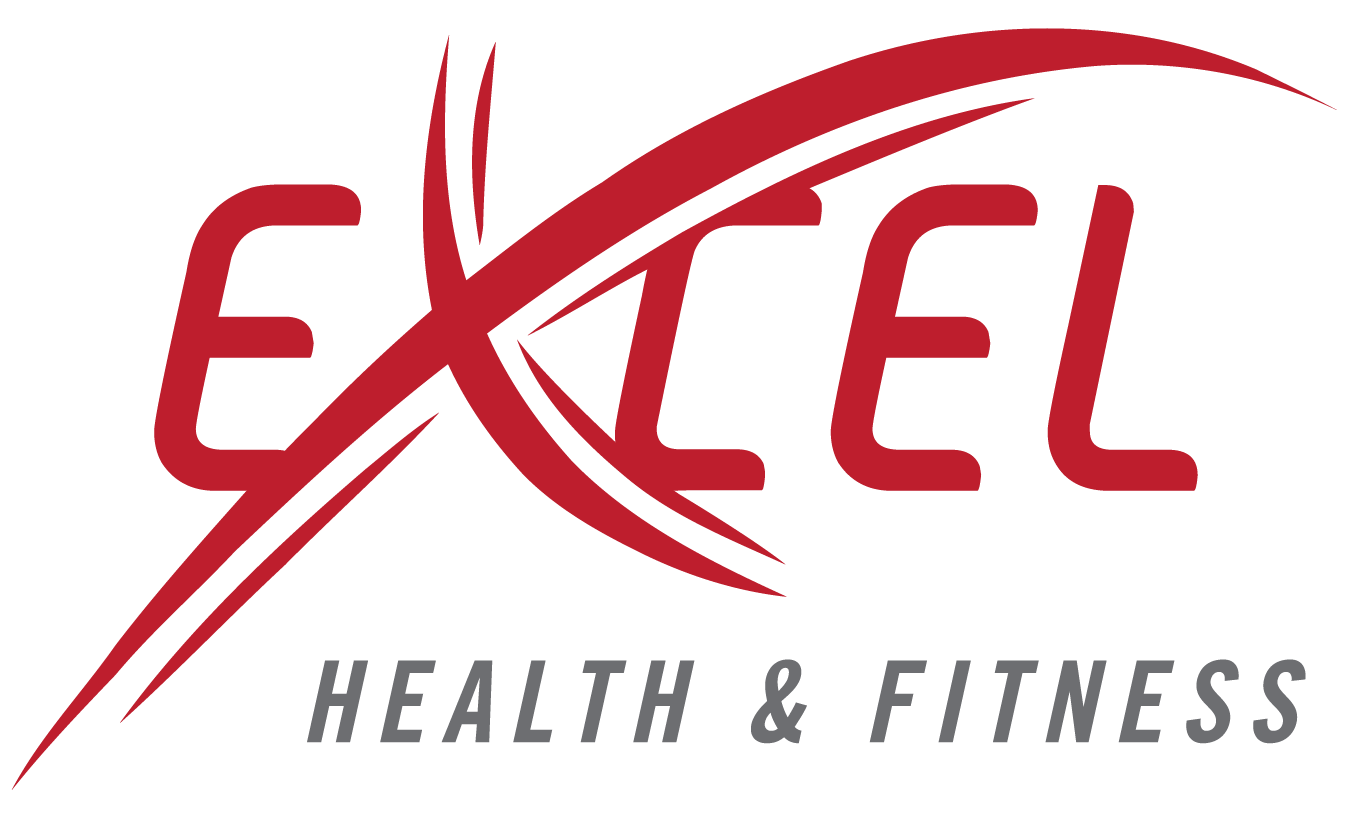Two Popular Tools — But Very Different Experiences
If you’ve looked into body fat testing, you’ve probably seen these two names:
Fit3D — a 3D body scanner using infrared cameras
InBody — a body composition scale using bioelectrical impedance (BIA)
Both are used in gyms and wellness centers. Both give you more information than a regular scale. But which one gives better results, and better long-term value?
At Excel Health & Fitness in Manteca, we chose Fit3D for a reason. Let’s compare the two.
How the Technology Works
Fit3D Scanner
Uses infrared cameras to create a 3D model of your body
Captures hundreds of measurements in under 60 seconds
Measures posture, shape, symmetry, circumference, and more
Tracks visual progress with side-by-side scan comparisons
InBody Scale
Uses bioelectrical impedance (tiny electric current)
Estimates body fat, lean mass, and hydration based on resistance
Often requires bare feet and hand contact
Results vary depending on hydration, food, and timing
Which One Is More Accurate?
Here’s the catch, both are estimates, not clinical measurements like a DEXA scan.
But Fit3D tends to be:
More consistent over time
Less affected by hydration, caffeine, or what you just ate
Better for tracking visible and measurable physical change
InBody can be useful — but if you’re dehydrated, your results may be way off.
What You Actually Get With Each Scan
3D Avatar of Your Body
Fit3D: Yes
InBody: No
Posture and Balance Analysis
Fit3D: Yes
InBody: No
Muscle & Fat Breakdown
Fit3D: Yes (visual and numerical)
InBody: Yes (numerical only)
Consistency Across Conditions
Fit3D: More consistent
InBody: Easily skewed by hydration or meals
Visual Progress Tracking
Fit3D: Yes
InBody: No
Uses Electric Current
Fit3D: No
InBody: Yes
Scan Time
Fit3D: Around 60 seconds
InBody: Around 45 seconds
Cost at Excel (Manteca)
Fit3D: $35 for members, $49 for non-members
InBody: Varies depending on location
Which One Should You Choose?
Choose Fit3D if you want:
A visual, measurable way to track real physical changes
Posture and symmetry data
More consistent results over time
Choose InBody if:
You just want a fast, basic estimate
You’re tracking hydration or internal metrics only
Both tools have their place, but for tracking external change, Fit3D gives you a clearer picture.
Why Excel Uses Fit3D in Manteca
We chose Fit3D because our members wanted more than just numbers. They wanted proof of progress, especially when the scale wasn't moving.
Fit3D shows them:
Inches lost
Shape changing
Muscle definition improving
Better posture and balance
That kind of feedback keeps people motivated and focused.
